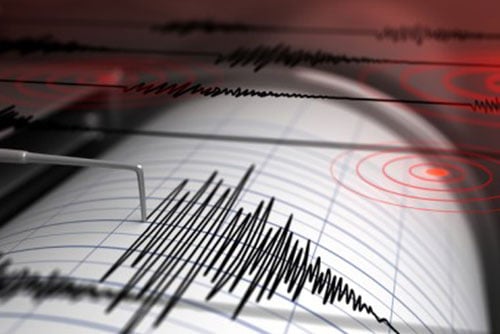

FM Global has released an interactive online global earthquake risk map, as it seeks to help businesses improve the resiliency of their supply chains.
According to the international commercial property insurer, the ever-present risk of earthquakes inflicts an average of nearly US$40 billion in direct economic losses every year. This has led it to release the FM Global Worldwide Earthquake Map, which can help businesses become more resilient by providing guidance on how to plan, assess and manage their global operations.
FM Global said that unlike other earthquake hazard maps that show only the ground shaking for a fixed return time, its Worldwide Earthquake Map directly incorporates soil effects and building structural performance to map the return times of ground motions that will damage weak buildings. This, it added, allows organizations to consistently compare earthquake risk across the globe.
The data used in the Worldwide Earthquake Map is a result of FM Global’s long-standing partnership with the Global Earthquake Model (GEM) Foundation. The insurer also works with the China Earthquake Administration and the US Geological Survey.
Due to the wealth of data available, the map is able to group regions into zones based on the return periods of damaging ground motion: every 50 years, 100 years, 250 years, 500 years and over 500 years.
According to the new map, several regions are expected to see above-average movement to higher risk zones, including:
Meanwhile, the following areas are expected to see above-average movement to lower risk zones:
“The majority of global businesses have locations, suppliers, or customers in earthquake zones but lack a complete picture of the risk,” said Brion Callori, senior vice president and manager, engineering and research at FM Global. “To business leaders, the seismology of an earthquake is less salient than the property damage and business disruption that can result. Our clients’ business resilience is the focus of this map.”
